Growing Emphasis on Patient-Centric Care
The Urgent Care Apps Market is increasingly characterized by a growing emphasis on patient-centric care. Healthcare providers are recognizing the importance of involving patients in their own care processes, leading to the development of apps that prioritize user experience and engagement. Data suggests that patient satisfaction scores improve significantly when individuals are empowered to manage their health through digital platforms. Urgent care apps are now incorporating features such as personalized health plans, educational resources, and direct communication channels with healthcare professionals. This shift towards patient-centricity not only enhances the quality of care but also fosters a sense of ownership among patients regarding their health. As the Urgent Care Apps Market continues to evolve, the focus on patient-centric care is likely to remain a driving force behind innovation and growth.
Increased Focus on Mental Health Services
The Urgent Care Apps Market is witnessing an increased focus on mental health services, reflecting a broader societal recognition of mental health's importance. As mental health issues become more prevalent, urgent care apps are evolving to include features that address these needs. Recent statistics indicate that nearly 20 percent of adults experience mental health challenges, underscoring the necessity for accessible mental health resources. Urgent care apps are now incorporating teletherapy options, mood tracking, and mental health assessments, making it easier for users to seek help. This expansion into mental health services not only broadens the scope of urgent care apps but also positions the industry as a critical player in addressing comprehensive healthcare needs. The Urgent Care Apps Market is thus adapting to meet the growing demand for mental health support.
Integration of Wearable Health Technology
The integration of wearable health technology is significantly influencing the Urgent Care Apps Market. Wearable devices, such as fitness trackers and smartwatches, are increasingly being utilized to monitor health metrics in real-time. This data can be seamlessly integrated into urgent care apps, allowing healthcare providers to access vital information about patients' health status. As of 2025, it is estimated that over 50 million individuals utilize wearable technology, creating a substantial opportunity for urgent care apps to enhance patient engagement and proactive health management. By leveraging data from these devices, urgent care apps can offer personalized recommendations and timely interventions, thereby improving health outcomes. The synergy between wearable technology and urgent care apps is likely to drive innovation and growth within the industry.
Regulatory Support for Digital Health Innovations
Regulatory support for digital health innovations is playing a pivotal role in shaping the Urgent Care Apps Market. Governments and health authorities are increasingly recognizing the potential of digital health solutions to improve patient care and reduce healthcare costs. Recent policy initiatives have aimed to streamline the approval processes for health-related apps, encouraging innovation and investment in the sector. For instance, regulatory bodies are providing guidelines that facilitate the integration of telehealth services within urgent care apps, ensuring compliance while promoting accessibility. This supportive regulatory environment is likely to foster growth within the Urgent Care Apps Market, as developers are incentivized to create and enhance applications that meet evolving healthcare demands. The alignment of regulatory frameworks with technological advancements is expected to drive the adoption of urgent care apps.
Rising Demand for Convenient Healthcare Solutions
The Urgent Care Apps Market is experiencing a notable surge in demand for convenient healthcare solutions. As individuals increasingly seek immediate access to medical care, the proliferation of smartphones and mobile applications has facilitated this trend. According to recent data, approximately 70 percent of patients express a preference for using mobile apps to manage their healthcare needs. This shift towards digital solutions is driven by the desire for quick consultations, appointment scheduling, and access to medical records. Consequently, urgent care apps are becoming essential tools for both patients and healthcare providers, streamlining the process of receiving care and enhancing patient satisfaction. The Urgent Care Apps Market is thus positioned to capitalize on this growing demand, as more individuals prioritize convenience in their healthcare experiences.


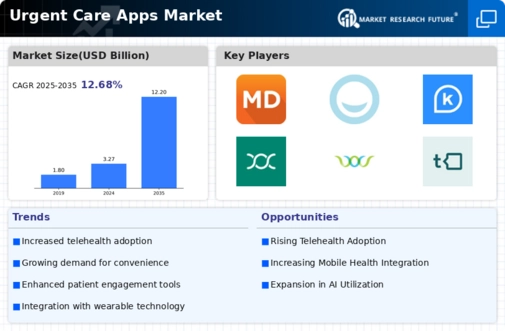
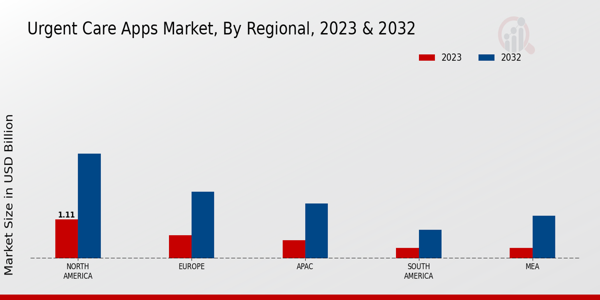
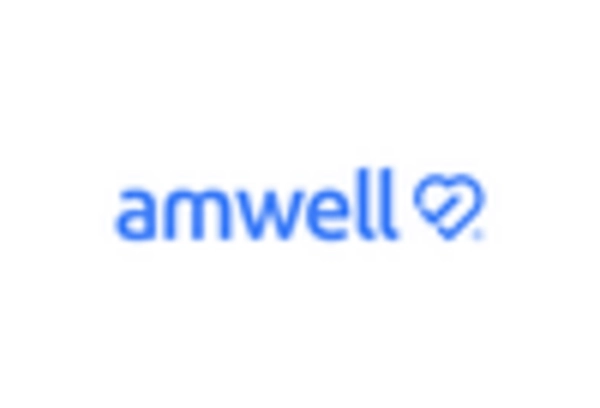
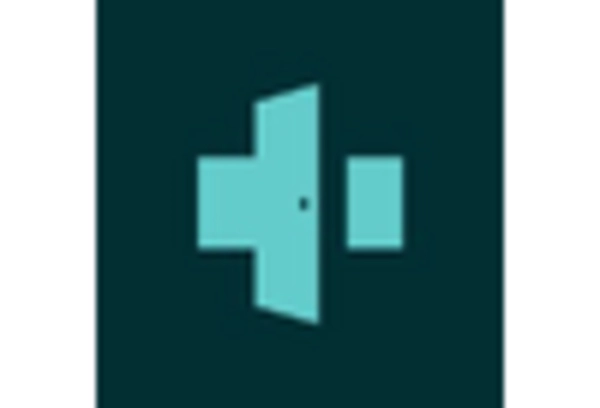



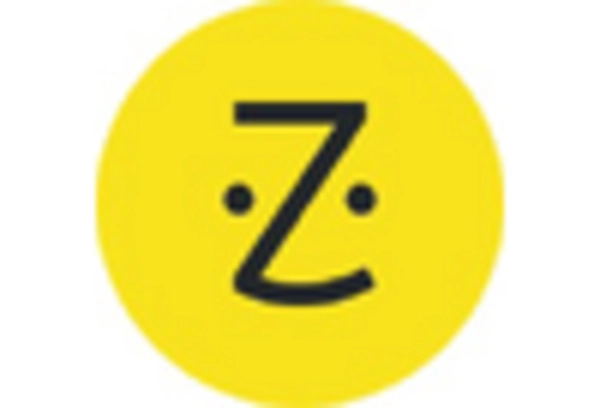








Leave a Comment